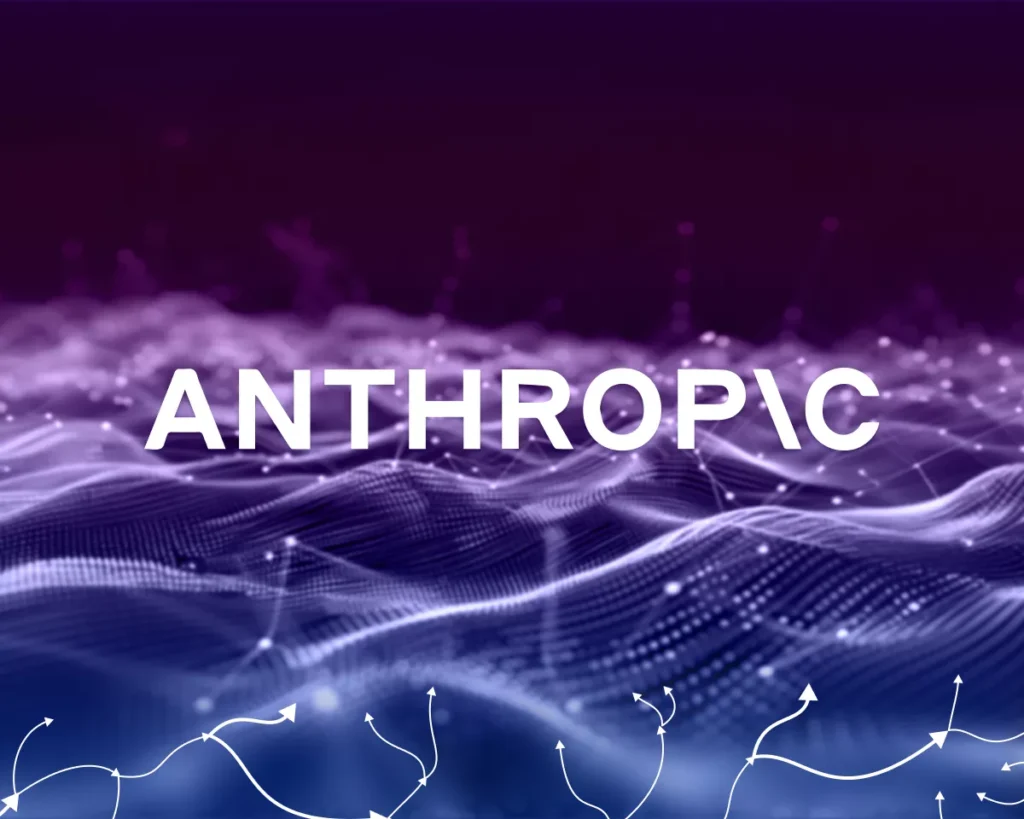As artificial intelligence (AI) continues to permeate multiple sectors, recent research from Anthropic reveals a noteworthy shift in workplace dynamics, highlighting a growing reliance on AI technologies. The study indicates that 40% of employees are now utilizing AI in their work—an impressive increase that underscores the tools’ increasing acceptance and integration into daily operations. This acceleration may prompt leaders in small to medium-sized businesses (SMBs) and automation specialists to critically evaluate which AI platforms best suit their needs.
A closer examination of the capabilities of different AI platforms reveals significant differences in strengths, weaknesses, costs, return on investment (ROI), and scalability. For example, when comparing automation tools such as Make and Zapier, one must consider their respective features and ease of use. Make provides a visual platform for creating complex workflows, boasting robust integrations that appeal to advanced users. However, this complexity can overwhelm stakeholders unfamiliar with technical nuances. In contrast, Zapier offers a more user-friendly approach, allowing for quick setup and streamlined task automation. Though its integrations may not be as extensive as Make’s, it serves well for simpler workflows, making it a strong contender for SMBs looking for immediate, uncomplicated solutions.
The investment required for these platforms varies as well. While both tools offer free tiers, users may find themselves transitioning to paid versions to unlock full capabilities. With Make’s pricing model structured around the number of operations performed, businesses with heavy automation needs may face significant costs as they scale. Zapier, on the other hand, offers a flat fee based on the number of workflows and applications established, which may be more predictable for budgeting. This consideration is crucial for SMB leaders evaluating long-term ROI in selecting an automation platform.
In the domain of AI-driven assistance, OpenAI and Anthropic present contrasting approaches that can influence an organization’s technological pathway. OpenAI’s models, such as ChatGPT, excel in natural language processing, providing robust conversational capabilities that drive significant user engagement. Its flexibility across applications—from marketing content generation to customer service automation—makes it an appealing choice. However, the model can sometimes lack context in specific or nuanced domains, which may necessitate additional oversight from human operators.
Conversely, Anthropic emphasizes safety and ethical considerations in AI deployment, leading to tools like Claude that prioritize alignment with human intentions. While this stance fosters trust, the tradeoff may involve performance limitations in comparison to other models. Businesses aiming for ethical AI integration might find the slightly slower adaptation rate—particularly in developing applications—justifiable, yet the choice hinges on a company’s risk tolerance and operational priorities.
The disparities in AI adoption between affluent nations and developing countries further illuminate the broader implications of these technological disparities. Countries like Singapore and Canada exhibit above-average usage of AI technologies, correlating with economic prosperity. On the contrary, developing regions often experience lower adoption rates, primarily leveraging AI for limited tasks such as programming. This divide not only highlights the concentration of AI in wealthier sectors but also warns of exacerbating existing inequalities, particularly regarding entry-level job opportunities. As businesses in developed economies leverage AI for enhanced productivity, those in lower-income regions may lag due to infrastructural or financial limitations.
Investing in AI also raises pertinent questions about the job market and employee displacement. A recent study by Reuters and Ipsos underscored the American public’s growing anxiety regarding AI’s potential implications for employment. As AI adoption escalates, it is vital for SMB leaders to adopt a balanced approach that incorporates both technological advancement and human capital concerns. This dual consideration may yield a more sustainable growth trajectory that harmonizes automation with workforce development and retraining.
In summary, the ongoing ascent of AI and automation technologies presents both exciting opportunities and formidable challenges. Leaders in the SMB sector must conduct diligent evaluations of the various platforms at their disposal, balancing functionality, ease of use, scalability, and cost considerations. The disparities in technological adoption across geography necessitate a strategic approach tailored to each organization’s unique context.
FlowMind AI Insight: As AI technologies advance and become more integral to operations, the need for thoughtful platform selection will only grow. Businesses that prioritize ethical considerations while fostering skill development in their workforce stand to not only enhance their operational capabilities but also drive sustainable success in an increasingly automated world.
Original article: Read here
2025-09-16 07:50:00

